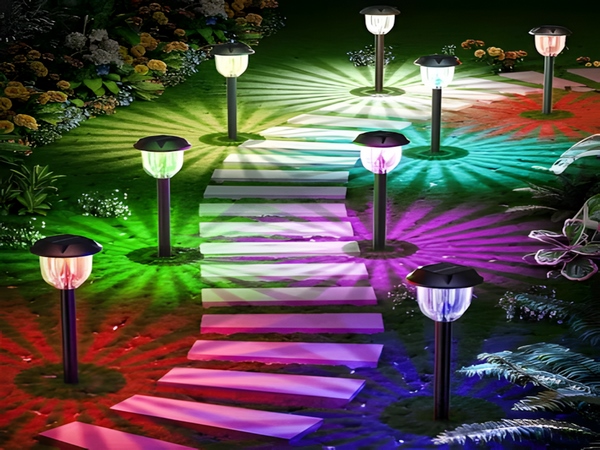

With the changing global environment, an increasing number of countries and governments are focusing on promoting the use of renewable resources. In the LED lighting industry, solar energy, as a renewable and environmentally friendly green energy source, plays an important role. As a common outdoor lighting device, solar street lights make it safer and more convenient for pedestrians to travel or engage in activities at night. So, which is better, solar street lights or traditional street lights? Below, we will address the advantages of solar street lights.

Advantage Comparison One:
Traditional street lights have complex installation: In the construction of traditional street lighting projects, there are complicated procedures, including laying cables, excavating cable trenches, installing conduits, threading wires, and backfilling numerous foundational works. Long installation and debugging time are required, and if any line has issues, it necessitates widespread rework. Additionally, the geography and wiring requirements are complex, leading to high labor and auxiliary material costs. Solar street lights, on the other hand, are easy to install: They do not require complex wiring. A simple cement base is made, and the light can be secured with stainless steel screws.
Advantage Comparison Two:
Traditional street lights have safety hazards: Due to issues related to construction quality, landscape engineering alterations, material aging, irregular power supply, and conflicts with water, electricity, and gas pipelines, traditional street lights pose numerous safety risks. Solar street lights have no safety hazards: They operate at low voltage, ensuring safety and reliability. Other advantages of solar street lights include being environmentally friendly, creating new selling points for the development and promotion of high-quality eco-friendly communities, and sustainably reducing property management costs, thus lessening the shared costs for residents.
Advantage Comparison Three:
Traditional street lights incur high electricity costs: They have fixed high electricity bills and require ongoing maintenance or replacement for lines and other configurations, with maintenance costs increasing each year. Solar street lights have no electricity costs: They represent a one-time investment with no maintenance costs, allowing for cost recovery within three years and providing long-term benefits.
This concludes our discussion on the advantages of solar street lights over traditional street lights. From the analysis above, we can see that solar street lights are superior in terms of operational and maintenance costs. Furthermore, they fully align with national policies on energy conservation and emission reduction, benefiting future generations by preserving more green mountains and clean waters.



